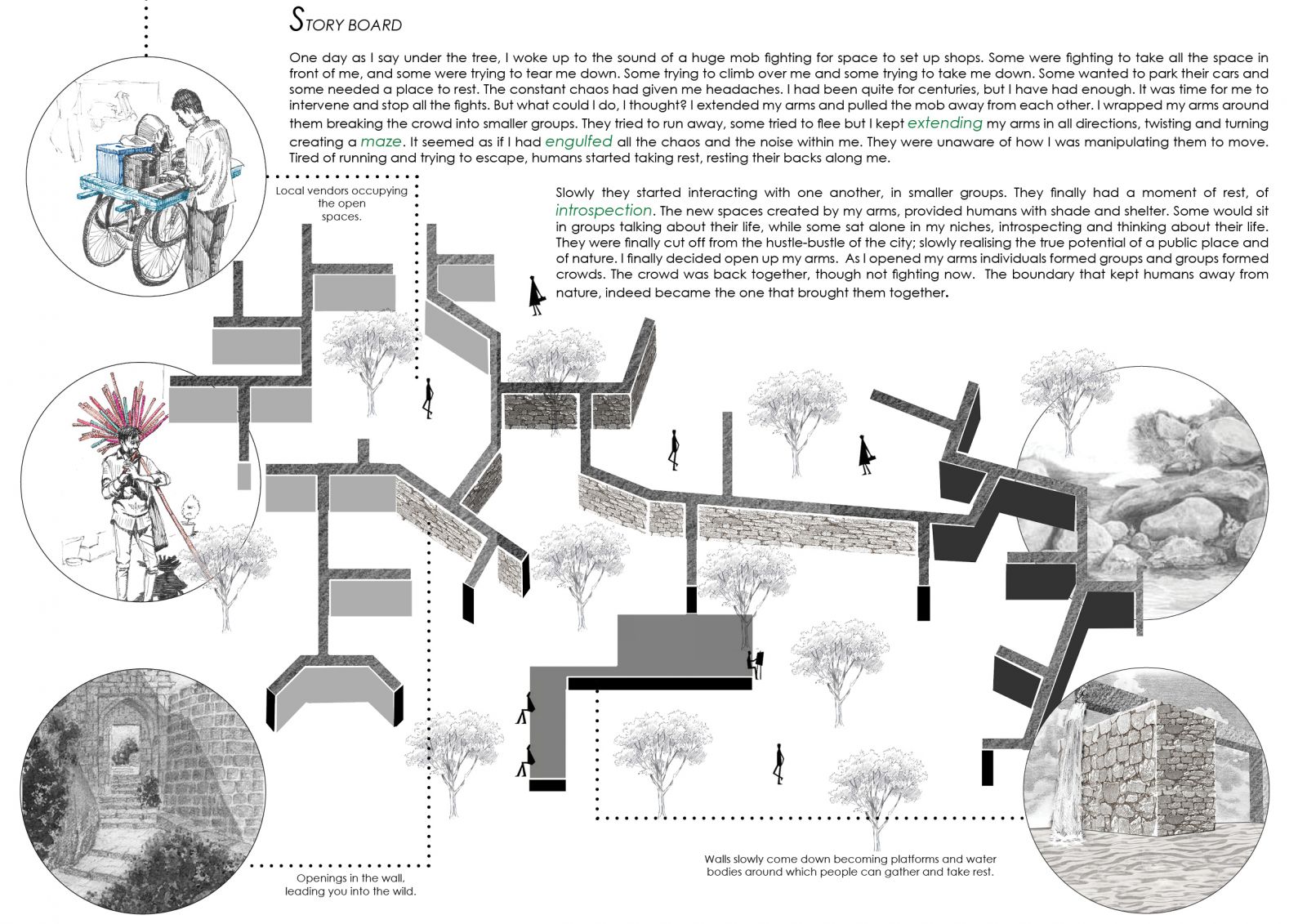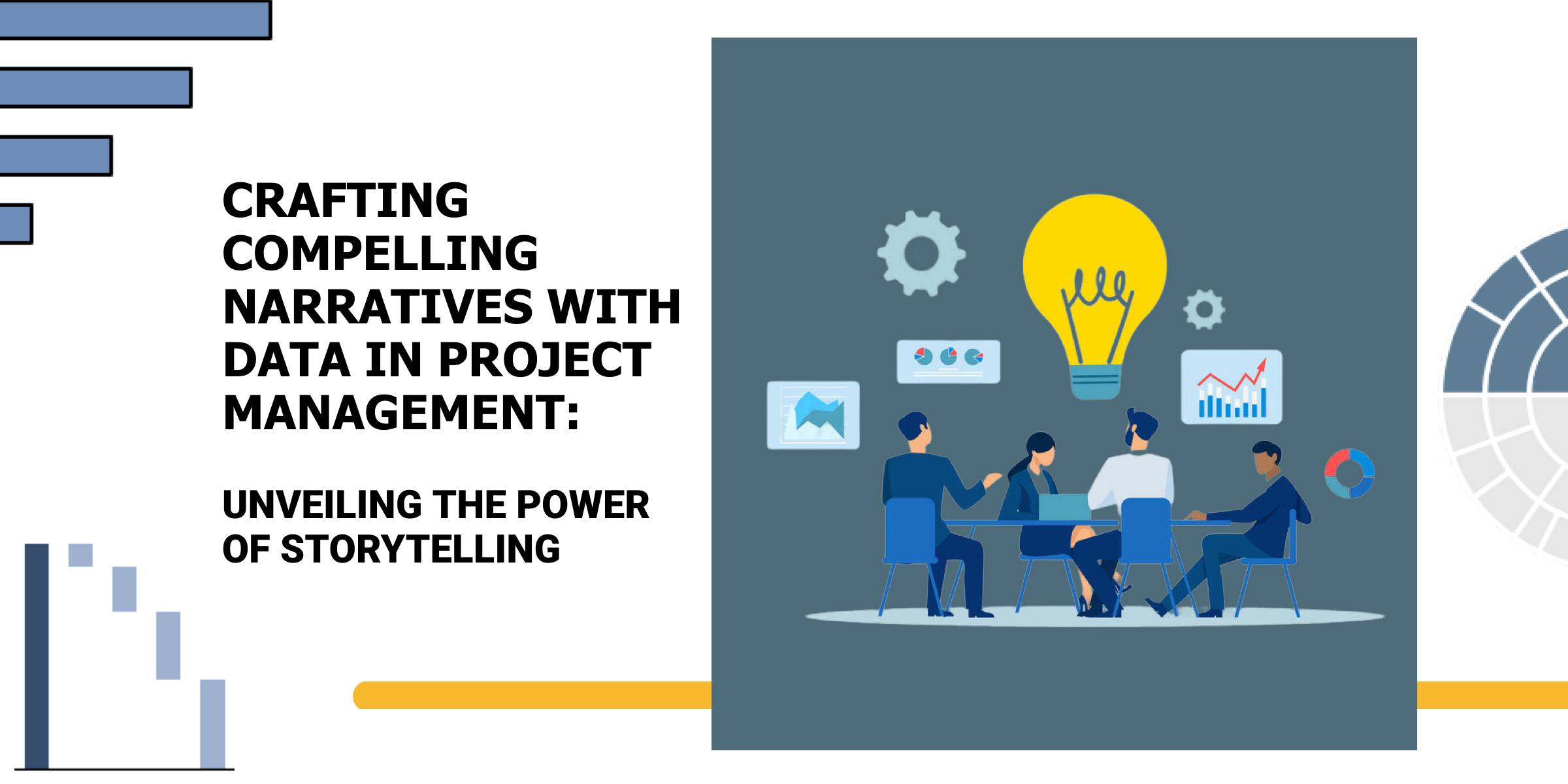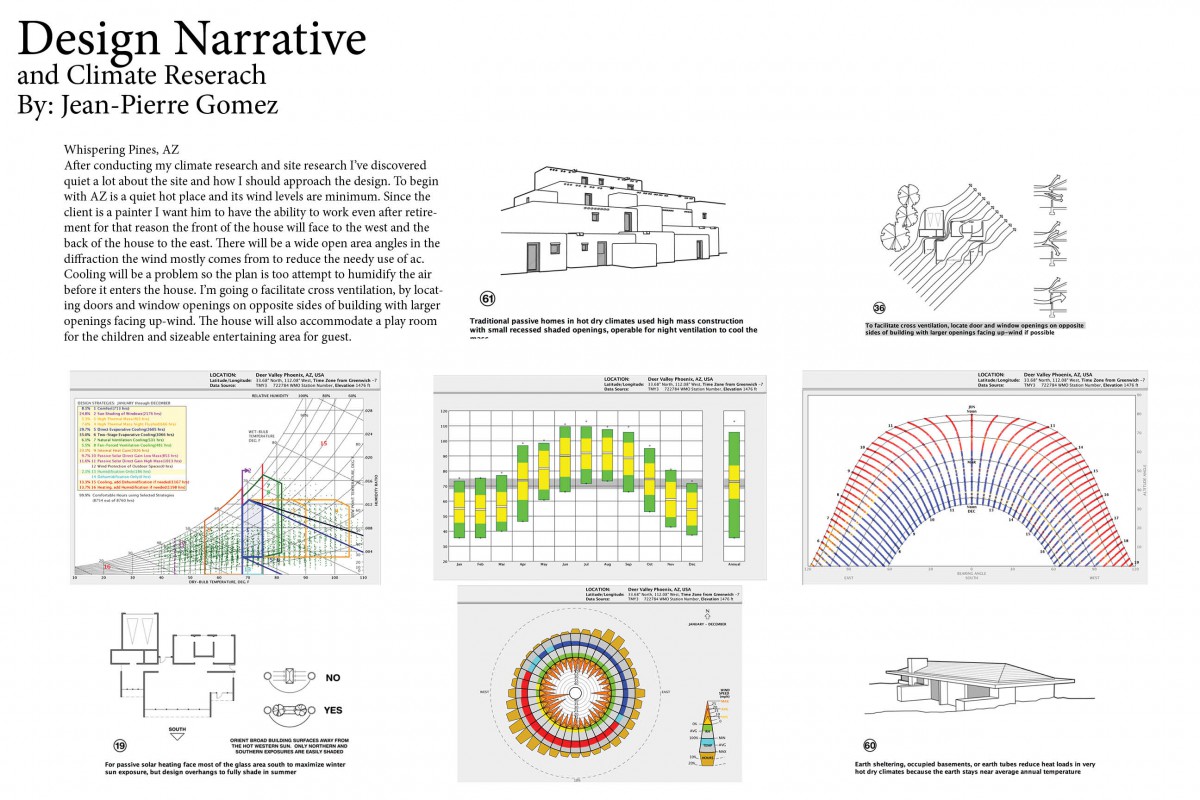Unlocking the Power of "Why": Crafting Compelling Product Narratives for Interior Design & Architecture

You’ve poured your heart and soul into crafting a product or service that elevates the art of home design. Now, it’s time to translate that passion into compelling narratives that resonate with your ideal customer.
But how do you cut through the noise and convince potential clients that your offering is the key to unlocking their dream home? It’s not just about listing features; it’s about weaving a story that speaks to their deepest desires, anxieties, and aspirations.

Let’s dive into the art of product marketing and sales for interior design and architecture, focusing on the key features and benefits that will captivate your ideal customer persona.
Understanding Your Ideal Customer Persona
Before we delve into features and benefits, we need to understand who we’re talking to. Define your ideal customer persona. What are their:

- Demographics: Age, income, location, family size, lifestyle.
- Psychographics: Values, motivations, aspirations, fears, pain points.
- Home Design Preferences: Style, budget, functionality, desired atmosphere.
- Goals: What are they hoping to achieve with their home renovation or design project?


The Power of "Why"

The most effective product marketing focuses on the "why" behind your offering. What problem does it solve? What desires does it fulfill?
Here’s a breakdown of the most important features and benefits to highlight, tailored to different customer personas:

Persona 1: The Busy Professional

- Feature: Time-Saving Design Services: Offer efficient design consultations, virtual reality walkthroughs, and project management tools that streamline the design process.
- Benefit: Stress-Free Design Experience: Reduce the burden of design decisions and project management, allowing them to focus on their busy lives.
- Example: "Imagine a home renovation that fits seamlessly into your hectic schedule. Our streamlined design process, virtual reality walkthroughs, and dedicated project managers ensure a stress-free experience, allowing you to focus on what matters most."


Persona 2: The Family-Oriented Homeowner
- Feature: Child-Friendly Design Solutions: Offer design elements that prioritize safety, durability, and functionality for families with young children.
- Benefit: Creating a Safe and Fun Home: Provide peace of mind knowing their home is designed for their children’s safety and enjoyment, fostering a happy and secure family environment.
- Example: "We understand the unique needs of families. Our child-friendly design solutions, from non-toxic materials to playful furniture arrangements, create a home that’s both safe and stimulating for your children."


Persona 3: The Design Enthusiast
- Feature: Unique and Personalized Design Concepts: Offer bespoke design solutions that reflect their individual style and aesthetic preferences.
- Benefit: Creating a Home That Reflects Their Identity: Help them realize their dream home, showcasing their personality and creating a space that truly feels like their own.
- Example: "Your home should be a reflection of your unique style. We collaborate closely with you to develop personalized design concepts that capture your vision and create a truly distinctive space."

Persona 4: The Budget-Conscious Homeowner
- Feature: Affordable Design Packages: Offer flexible design packages and transparent pricing structures to meet their budget constraints.
- Benefit: Achieving High-Quality Design Within Budget: Show them how they can achieve their design goals without breaking the bank, offering value-driven solutions.
- Example: "We believe that everyone deserves a beautiful and functional home, regardless of budget. Our affordable design packages and transparent pricing ensure you get the most value for your investment."
Beyond Features and Benefits: Storytelling and Emotional Connection
While features and benefits are crucial, they’re only part of the equation. To truly connect with your customers, you need to weave a story that resonates with their emotions.
Here are some storytelling techniques to consider:
- Focus on the Transformation: Show how your product or service will transform their lives. How will it make them feel? What will they be able to achieve?
- Use Visual Storytelling: Use high-quality images, videos, and virtual reality experiences to bring your designs to life.
- Share Customer Testimonials: Showcase real-life examples of how your product or service has helped others achieve their design goals.
- Create a Sense of Community: Build a brand that fosters a sense of belonging and shared passion for design.
Crafting Compelling Marketing Materials
Once you’ve defined your target audience, identified key features and benefits, and developed a compelling narrative, it’s time to create marketing materials that effectively communicate your message.
Here are some essential elements to include:
- Website: Your website should be visually appealing, user-friendly, and provide detailed information about your services, design portfolio, and client testimonials.
- Social Media: Use social media platforms to share your design inspiration, behind-the-scenes glimpses, and client success stories.
- Blog: Create informative blog posts that address common design challenges and offer valuable insights.
- Email Marketing: Build an email list and send regular newsletters with design tips, project updates, and special offers.
- Print Materials: Create high-quality brochures, flyers, and business cards that showcase your brand and design aesthetic.
Remember, the key to successful product marketing is understanding your customer’s needs and desires, crafting a compelling narrative that speaks to their emotions, and delivering a consistent message across all your marketing channels.
Additional Tips:
- Be Authentic: Let your passion for design shine through in your marketing materials.
- Focus on Quality: Use high-quality images, videos, and written content to create a professional and polished brand.
- Be Consistent: Maintain a consistent brand identity across all your marketing channels.
- Track Your Results: Use analytics to track the performance of your marketing campaigns and make adjustments as needed.
By focusing on the "why" behind your product or service, crafting compelling narratives, and leveraging the power of storytelling, you can create a marketing strategy that resonates with your ideal customer persona and drives sales.

